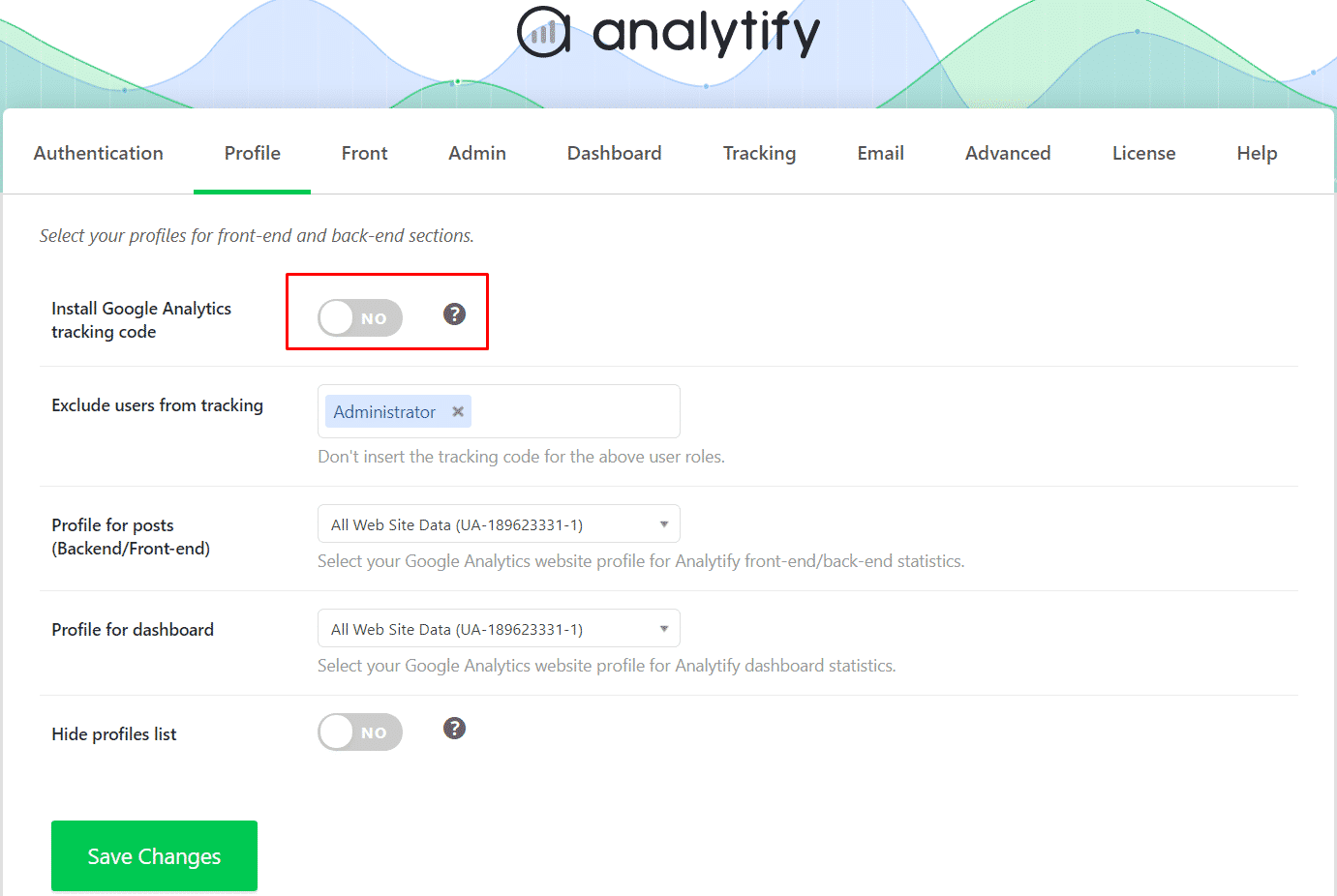Do you want to know how to track Google Analytics User ID?
Google Analytics 4 (GA4) offers a powerful feature known as the User ID. This unique identifier allows you to connect multiple sessions and even activities across different devices to the same individual. By implementing a User ID, you gain a more integrated view of how users interact with your website, leading to more informed decisions and a better understanding of the customer journey.
Continue reading “How to Track User ID in Google Analytics?” →
Are you looking to fine-tune the analytics on your WordPress site by excluding specific pages from your reports? With Analytify, you can easily hide analytics for certain pages right within your WP-Admin. This can be particularly useful for pages that might skew your data or for pages where analytics are not necessary. Here’s an easy guide on how to do it:
Continue reading “How to Exclude Analytics On Specific Pages Inside the WP-Admin?” →
If your website has different post types, such as articles, properties, posts, pages, and products. You can show Analytics under all of them or you can choose a few of them to show Analytics. This feature will help you to analyze the performance of a specific type of post on your website.
Continue reading “How To Display Analytics Under Specific Post Type Inside the WP-Admin?” →
Are you looking for a way to display analytics to specific user roles under the posts/pages inside the WP admin?
Continue reading “How to Display Analytics to Specific User Roles Under Custom Post Types?” →
With Analytify, the best WordPress plugin, you have the flexibility to display Google Analytics data on website right under your posts/pages via your WordPress Dashboard. This feature provides a quick snapshot of how a specific post or page is performing, which can be incredibly useful for content strategy and analysis.
Continue reading “How to Display Google Analytics Under Post/Pages Inside the WP-Admin?” →
Are you looking to seamlessly integrate your website’s analytics into your WordPress dashboard? Analytify makes this possible by connecting with Google Analytics, allowing you to view crucial data directly within WordPress. A key part of this setup is selecting the right GA4 profile. In this article, we will guide you through the process of choosing the appropriate profile in Analytify to display analytics on your WordPress dashboard.
Continue reading “How To Select GA4 Profile for Analytics in WordPress Dashboard?” →
When managing a website, it’s crucial to track visitor interactions and site performance accurately. If you’re using Analytify, a powerful plugin for WordPress, you need to ensure that it’s connected to the correct Google Analytics property. Let’s guide you through the process on how to select GA4 profile for tracking posts on your WordPress site, whether you’re monitoring data in the backend or frontend.
Continue reading “How To Select GA4 Profile for Tracking Posts? (Backend/Frontend)” →
Are you looking to streamline your Google Analytics data by filtering out internal traffic such as activities from Admins, Editors, and Authors on your WordPress site? If so, Analytify provides an efficient solution to exclude specific user tracking in GA4.
This is crucial for obtaining accurate, uncontaminated data that truly reflects visitor interactions. Here’s a step-by-step guide on how to set this up:
Continue reading “How To Exclude Specific Users From Being Tracked in Google Analytics?” →
If you want to install or add the Google Analytics tracking to your WordPress website between the Header tags <head> tracking Code </head> without any editing in your website code, then you can install the tracking code by using the Analytify plugin.
In this guide, we will show you how to install Google Analytics tracking code to your website by using the Analytify plugin.
Follow the given steps to install the Google Analytics tracking code to your website by using Analytify
Note: Before Installing the Google Analytics tracking code you have to Integrate the Analytify with Google Analytics.
Steps to Install the Google Analytics Tracking Code by Using Analytify
- Go to your WordPress dashboard and navigate for Analytify and Click on the Settings option.
- In the Settings Window, you will find the Profile option, click on the Profile option.
- Inside the Profile Tab, there is an option Install Google Analytics tracking code which is by default Disable (No).

4. To Install the Tracking Code to your website, enable the “Install Google Analytics Tracking Code” by clicking on the Toggle Button and click on the Save Changes button.

Check our guide on adding Google Analytics to the WordPress website, to further ensure you do not miss out key data in your WordPress dashboard.
Analytify is an easy-to-use WordPress plugin that integrates your site with Google Analytics. This essential tool allows you to monitor your website’s performance in real-time. However, there might be times when you’d want to hide Google Analytics profile details from certain users. In this article, we will guide you through the process of hiding profiles list in Analytify.
Continue reading “How to Hide Google Analytics Profile List In Analytify?” →

